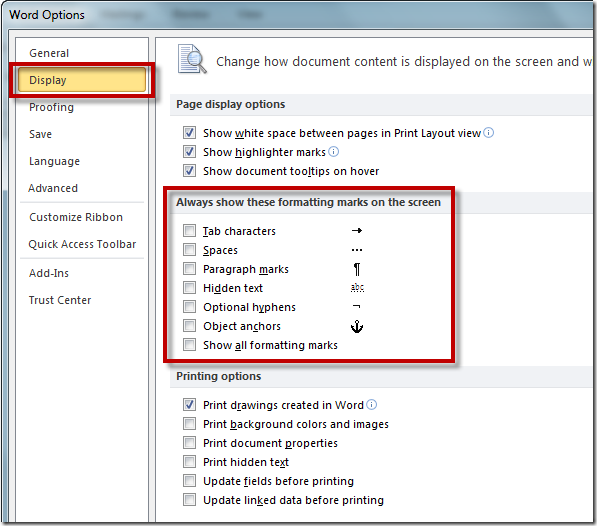

Suggested key bindings are:Ĭ+DownArrow Move down 9 lines (macro down_9) The highlighted commands that begin with the text TA are macros written specifically for TOPAS. Key bindings can be easily changed from the menu option “Utilities/Global Options”: Follows the instructions which should take a minute. From jEdit run the macro INP-Setup.BSH from the jEdit menu “Macros/Run Other Macro”. Inp.jedit-scheme Colours for syntax highlighting Inp_mode.xml INP Kewyords used in syntax highlighting Inp-setup.bsh Run this macro using "Macros/Run Other Macro" templates, Durham menus then go to Johns jEdit page).
#Deleting entire lines jedit full#
If you want a full jEdit installation with a few more things set up (e.g. The following files are necessary for editing INP files, they are zipped up here jedit.zip. There are over 100 examples referenced and each can be speedily run by clicking on the TA-arrow-icon, switching to TOPAS and then clicking in the TOPAS Run icon. Example INP files can be loaded into jEdit by clicking on the example INP file name. Clicking on these file names loads the file into jEdit. Notice that text files read by TOPAS is shown under the Help tab. It's at present displaying an XML file that is TOPAS specific. On the left of the screen is the Plugin called XInsert. First Timers should take a few minutes to go through the jEdit menus. Notice the three buttons on the top left of the screen (TA, TA-Arrow, New-INP) these are TOPAS specific buttons which has been added to jEdit they communicate with TOPAS. Here's a screen shot of jEdit with an INP file loaded. After a few dozen macros the editing of INP files and the running of TOPAS becomes much easier. Another macro can be written to create a new TOPAS input file. For example a macro can be written to load the TOPAS technical reference. JEdit macros allow communication between other programs and itself. Fortunately and for a particular individual, much of the functionality is not needed and after some use only a small subset of functionality is actually used thus don't be intimidated by the many options. A Plugin is an add-on that extends functionality.

We will concentrate on jEdit it is full featured with macros, panes, syntax highlighting, column editing, automatic updating of changed files and many Plugins. Editors such as jEdit and NotePad++ can be fully customized. Global shortcut keys don't work but the tab triggers for them do, ymmv.A good editor can save weeks of time over a year. Note: for some reason snippets with shortcut keys only work (for me) when they're defined for a specific language. Note: If you want a snippet that will return % back t the beginning of all highlighted lines: $ After you create the snippet, click close, highlight your text and hit your shortcut key.

#Deleting entire lines jedit code#
Note: you can use any python code in a snippet, for example if you wanted to remove multiple instances of '%' or '#' at the beginning of a line you could use lstrip.

This uses a python regular expression to only remove the first character in a line if it is '%'. Name the snippet, then click in the "shortcut key" text box on the right and press your shortcut key combination you want to use: e.g. Find the language/type of file you want to use the snippet for (or Global for all) and click the '+' icon to create new snippet.ģ. Now you have to create the new snippet which is pretty straightforward and an amazing time saver for code you write frequently.Ģ. Once they're installed, open gedit, go to Edit -> Preferences -> Plugins, and enable Snippets. They are available as part of gedit-plugins from your distro's repositories.


 0 kommentar(er)
0 kommentar(er)
